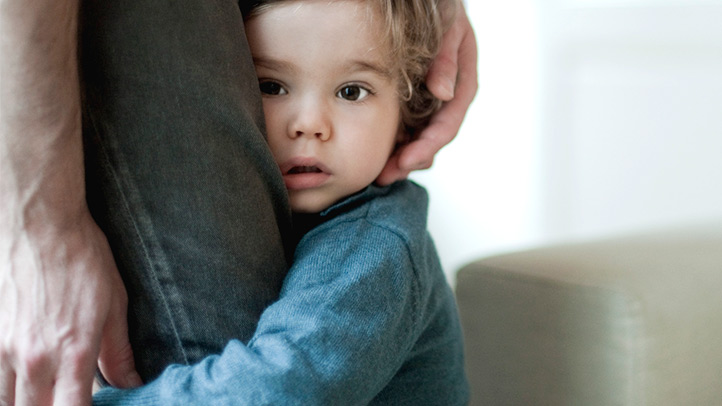Separation anxiety and fear of strangers are common developmental milestones that typically emerge in the latter part of the first year of life. These are normal reactions where a child feels distressed when separated from their caregivers or confronted with unfamiliar faces. Although this stage can be challenging for both children and parents, it is a normal part of development and usually fades by around age two.

During this period, children learn about the world around them and develop trust in their caregivers. When a child feels distressed upon separation or in the presence of strangers, it signifies that they are forming strong attachments and beginning to understand who their primary caregivers are. This developmental phase is crucial as it lays the foundation for healthy emotional and social development.
However, separation anxiety can become a concern when the distress is overwhelming or persists beyond the typical age range. When separation anxiety starts to interfere with everyday life or seems out of sync with typical developmental patterns, it may require closer attention. For instance, children with severe separation anxiety may excessively worry about losing loved ones, refuse to leave the safety of their home or school, or exhibit intense distress in situations where separation is anticipated.
Recognising the Signs of Separation Anxiety
Understanding the signs of separation anxiety is the first step towards addressing it effectively. Common indicators include:
- Excessive worry about losing a caregiver or harm befalling them.
- Reluctance or refusal to go to school or other places due to fear of separation.
- Physical symptoms such as headaches or stomach aches when separation is imminent.
- Nightmares about separation.
- Persistent distress when faced with unfamiliar people or environments.
Strategies for Managing Separation Anxiety
Here are some practical strategies to help manage separation anxiety in young children:
- Gradual Exposure: Gradually expose your child to new environments and people. Start with short separations and gradually increase the duration as your child becomes more comfortable.
- Establish Routines: Consistent routines can provide a sense of security for children. Ensure that drop-offs and pick-ups happen at the same time each day, and establish a goodbye ritual that reassures your child.
- Stay Calm and Confident: Children can pick up on their caregiver’s emotions. Stay calm and confident when leaving your child, as this will help them feel more secure.
- Reassurance: Reassure your child that you will return and be consistent with your promises. Over time, this will build trust and reduce anxiety.
- Encourage Independence: Encourage activities that promote independence and self-confidence, such as playing alone or with other children.
When to Seek Professional Help
If your child’s separation anxiety is severe or persists beyond the age of two, it may be beneficial to seek professional help. A paediatrician, child psychologist, or counsellor can provide guidance and support tailored to your child’s needs. We may recommend therapeutic interventions such as cognitive-behavioural therapy (CBT), which can help children develop coping strategies and manage their anxiety more effectively.
Separation anxiety and fear of strangers are normal developmental stages that most children experience. While these feelings typically diminish by the age of two, it is essential to monitor their intensity and duration. Parents can help their children navigate this challenging phase by recognising the signs and implementing supportive strategies. If needed, seeking professional guidance can ensure that children receive the support they need to develop into confident, independent individuals.
